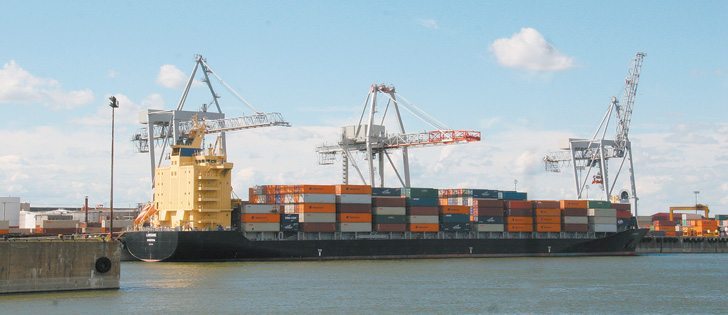Given a bit of luck with the weather, Canadian farmers could attain a milestone this year that they weren’t expected to meet until 2015.
That was the year the Canola Council of Canada targeted for production of 15 million tonnes of the yellow-flowered oilseed.
It was an ambitious plan coming off an equally audacious program to drive production to seven million tonnes by 2007.
But here we are, four years before the target date, projecting a seeded area of more than 20 million acres, producing more than 15 million tonnes.
Read Also

Farmer ownership cannot be seen as a guarantee for success
It’s a powerful movement when people band together to form co-ops and credit unions, but member ownership is no guarantee of success.
That is more than double the crop grown in 2000 and yet there are no worries about flooding the market.
The question for Canada’s canola industry is how far can it increase production before creating rotational problems such as disease that could kill the goose that lays the golden egg.
Indeed, the talk is that 15 million tonnes is the minimum needed to meet booming domestic and export demand.
Domestically, new crushing and processing capacity brought on by Richardson, Louis Dreyfus and Cargill in the last couple of years is feeding huge demand for healthy oil and meal in Canada, the United States and China.
Unprocessed seed is also flying out the door to China, Japan, Mexico and the United States.
In a year when wheat might be expected to grab attention because of the demise of the CWB marketing monopoly, canola continues to capture the spotlight.
That is because Canada stands alone as the world’s largest exporter of the oilseed.
China, India and Europe might rival or surpass Canadian production, but they use all of it at home.
Exports from Australia, Russia and Ukraine are growing but are still a tiny fraction of Canadian sales.
And demand for Canadian product looks set to grow as Bunge starts work on doubling the size of two of its western Canadian crushing plants, Legumex Walker builds a plant in Washington and an American company starts operating a new facility in Minnesota.
But Prairie farmers can’t expand acreage forever.
Canola already accounts for close to 30 percent of seeded crop acreage in Saskatchewan and Alberta and more than 35 percent of Manitoba’s acreage, not including tame hay area.
As with any crop, increasing canola’s appearance in the crop rotation greatly increases the likelihood of disease and weed problems.
It encourages selection for pathogens that can overcome resistant varieties, opening the door for the spread of crop diseases for which farmers have no protection.
Ironically, canola’s success could create problems that make it difficult to grow the crop, so the goal should be to produce more bushels without increasing acres.
The crop has already seen impressive yield gains, averaging 31.8 bu. an acre in 2007-11, up from 25.33 bu. an acre in 1997-2001.
That is a gain of 25.5 percent versus wheat yield gains over the same period of 14.4 percent.
Over that time, farmers widely adopted hybrid seed and seed companies improved their varieties. Some assistance has also come from the development of herbicide tolerant traits.
Luckily, breeders believe the surface is barely scratched on the potential for yield increases. Dow AgroSciences and Monsanto say doubling yields is possible.
That is great news, but we must note that Mother Nature can still punish those whose profits rely on a single crop.
Canola’s success will be most sustainable if the breeding community provides farmers with a choice of equally profitable and robust crops to include in their rotations.














